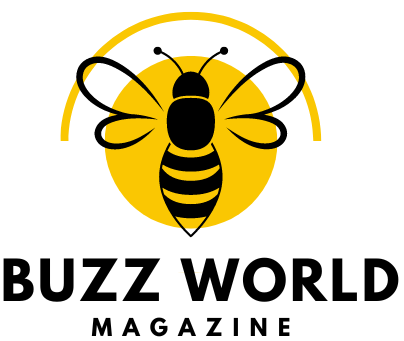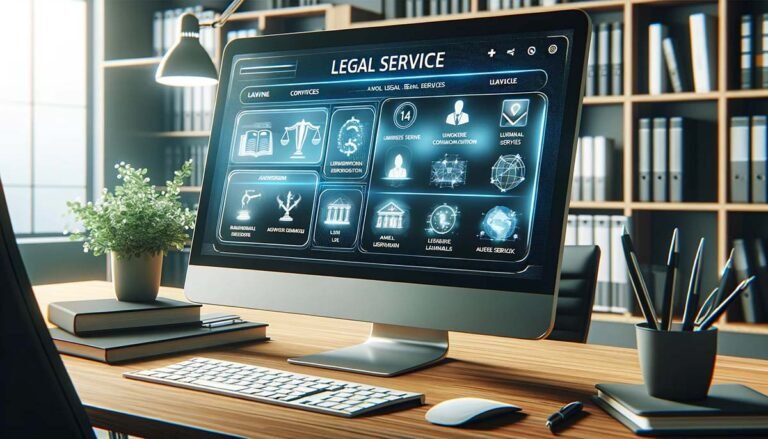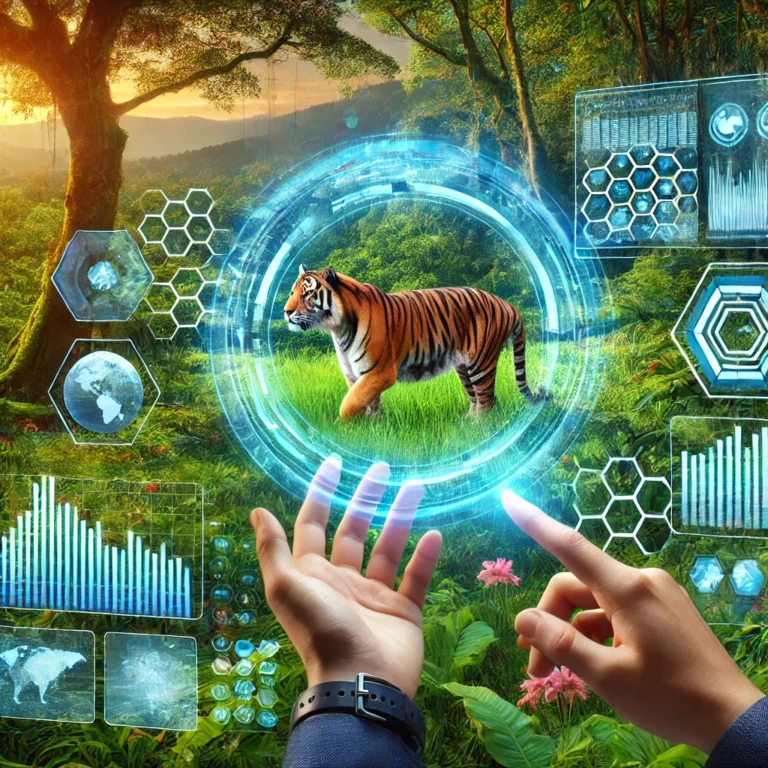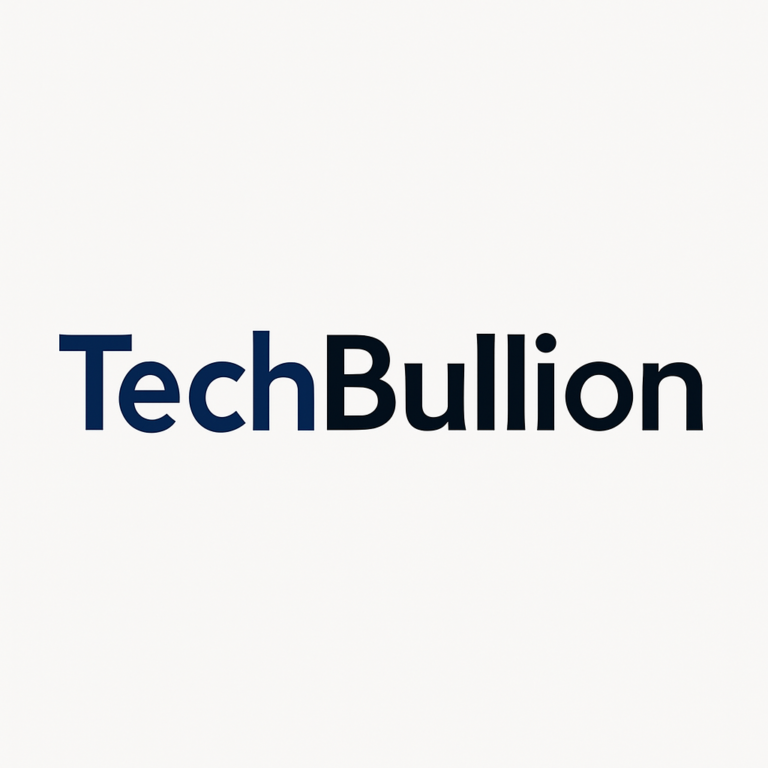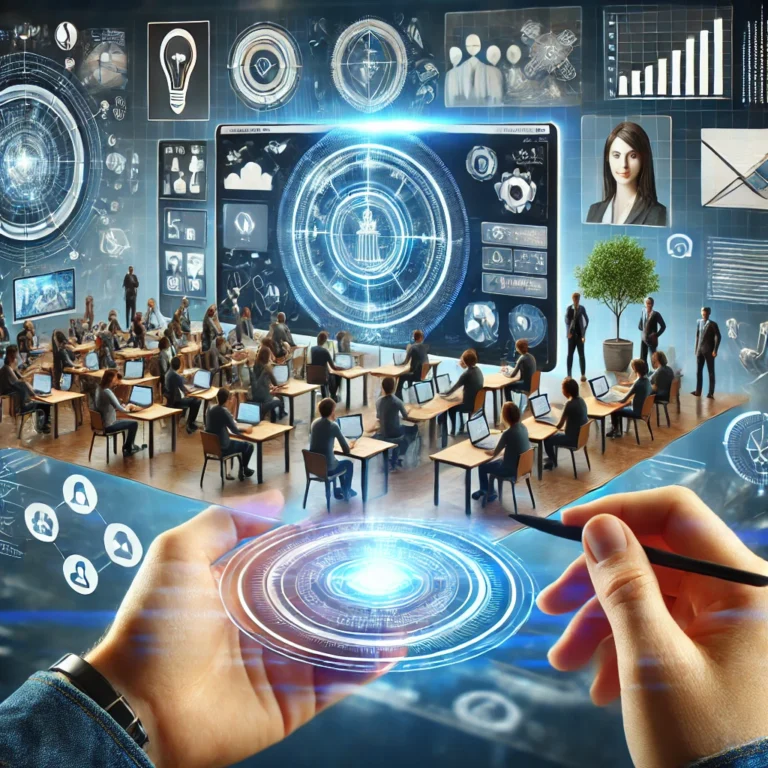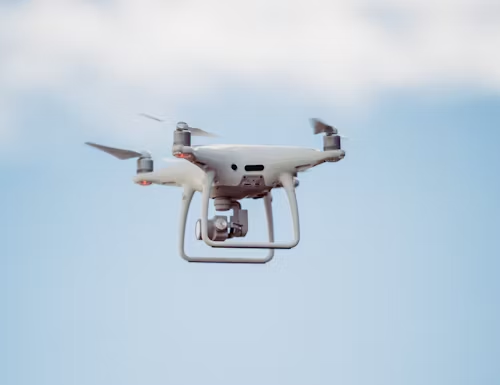From Code to Creativity: How Artificial Intelligence Is Shaping the Next Generation of Digital Artists
Artificial Intelligence (AI) is no longer just a tool of automation and logic it is becoming a creative partner in the digital arts. The evolution of AI from a purely computational entity to a collaborator in artistic expression marks a turning point in the way we understand creativity, authorship, and innovation. The fusion of AI and digital art is not only empowering seasoned creators but is also lowering the barrier for newcomers to explore and experiment with artistic mediums in unprecedented ways.
A New Era of Artistic Collaboration
Traditionally, digital art was bound by the technical skill of the artist their mastery of graphic software, familiarity with design principles, and understanding of digital workflows. AI has radically altered this landscape. Now, instead of merely being a canvas or brush, machines are collaborators that can suggest color palettes, recommend layouts, or even conceptualize entire compositions.
This collaboration doesn’t diminish the artist’s role. Rather, it elevates it. Artists now guide the AI, fine-tuning its outputs and curating from the possibilities it generates. This symbiotic relationship allows artists to break free from repetitive tasks and focus more on narrative, emotion, and originality.
The Democratization of Creativity
One of the most transformative effects of AI in digital artistry is accessibility. With intuitive interfaces and automated functions, AI-driven tools enable individuals with no formal artistic training to create professional-quality visuals, animations, and designs. This democratization of art is reshaping who gets to be an artist.
AI platforms now offer real-time feedback, instant enhancements, and even inspiration prompts. Beginners can experiment with ideas that once required years of experience to execute. For many, this opens the door to new careers, side projects, and personal expression that were previously out of reach.
Expanding Mediums and Styles
AI is pushing the boundaries of what’s artistically possible by introducing new styles and techniques. Generative art, a form of artwork created with algorithms, has taken center stage in the digital space. Artists can now use AI to mimic painting styles from different eras, blend genres, and explore aesthetic combinations that were unimaginable a decade ago.
Additionally, AI can produce variations of the same concept in multiple styles within seconds. This rapid prototyping helps digital creators to explore diverse visual directions and iterate faster. The speed and diversity enabled by AI are not only enhancing creativity but also accelerating innovation in visual design.
Beyond Still Images: Interactive and Immersive Art
The influence of AI extends well beyond still imagery. It’s shaping interactive installations, generative music, digital performances, and immersive environments in virtual and augmented reality. AI enables real-time adaptation of visuals and sounds based on user interaction, environmental factors, or emotional responses.
This new frontier is particularly exciting for digital artists working in experiential media. With the help of machine learning, art can now respond dynamically, making the audience an integral part of the creative process. This evolution transforms art from a static object into a living experience, constantly evolving and engaging with its surroundings.
AI in Visual Storytelling
Storytelling in digital media—especially visual narratives is undergoing a transformation due to AI integration. Script-to-image tools, character design assistants, and automated animation software are helping creators bring complex stories to life with minimal resources. Whether it’s concept art for a video game or a visual storyboard for a film, AI is shortening production cycles and enhancing storytelling quality.
Creative professionals are using these capabilities to experiment with different narrative paths, adjust visual tone, and align aesthetics with the story’s emotional arc. This makes the process more fluid and allows for more experimentation in less time.
Ethical Considerations and Creative Integrity
Despite the immense potential, the use of AI in digital art raises important ethical and philosophical questions. What defines originality when an algorithm helps generate the final product? Who owns AI-generated content? How do we ensure that the data used to train creative AI respects artists’ rights and cultural sensitivities?
These questions do not yet have universal answers, but they are sparking necessary debates. Artists and technologists are working together to create standards and frameworks that ensure AI serves as a responsible tool rather than a disruptive force.
One specific area where this becomes evident is in the rise of tools like an AI image generator. These platforms can create highly detailed visuals from simple text prompts, offering new ways to conceptualize art. But they also depend on vast datasets some of which may include copyrighted works raising concerns about authorship and permission.
Empowering the Next Generation
AI is not replacing creativity it’s amplifying it. For the next generation of digital artists, the ability to think conceptually and curate aesthetically will become more important than technical skill alone. In this context, artists will function more like creative directors, shaping the output of machines to align with their unique vision and voice.
Educators and mentors are already recognizing this shift. Art schools are integrating AI tools into their curricula, teaching students not just how to use them but how to collaborate with them. The future artist will likely be a hybrid—part designer, part coder, and part philosopher—who uses AI to push the limits of imagination.
Bridging Art and Utility
The intersection of creativity and technology also opens opportunities for functional art, designs and visuals with utilitarian purposes. From branding assets to user interface illustrations, AI-assisted artistry is making its way into commercial design. Tools within video apps, for instance, now come equipped with AI features that streamline editing and enhance visual storytelling, giving creators more bandwidth to focus on concept rather than execution.
This merger of art and function blurs traditional lines between designer and developer, artist and technologist. It invites professionals from different backgrounds to collaborate, experiment, and redefine digital creativity.
Conclusion
Artificial intelligence is not a replacement for human creativity it is a catalyst. As AI tools become more advanced and accessible, they are expanding the possibilities of artistic expression and challenging our understanding of what it means to be a creator. The next generation of digital artists will not only use AI—they will shape it, redefine it, and collaborate with it in ways we are just beginning to imagine. From code to canvas, AI is becoming the brushstroke of the future, and creativity has never looked more boundless.
